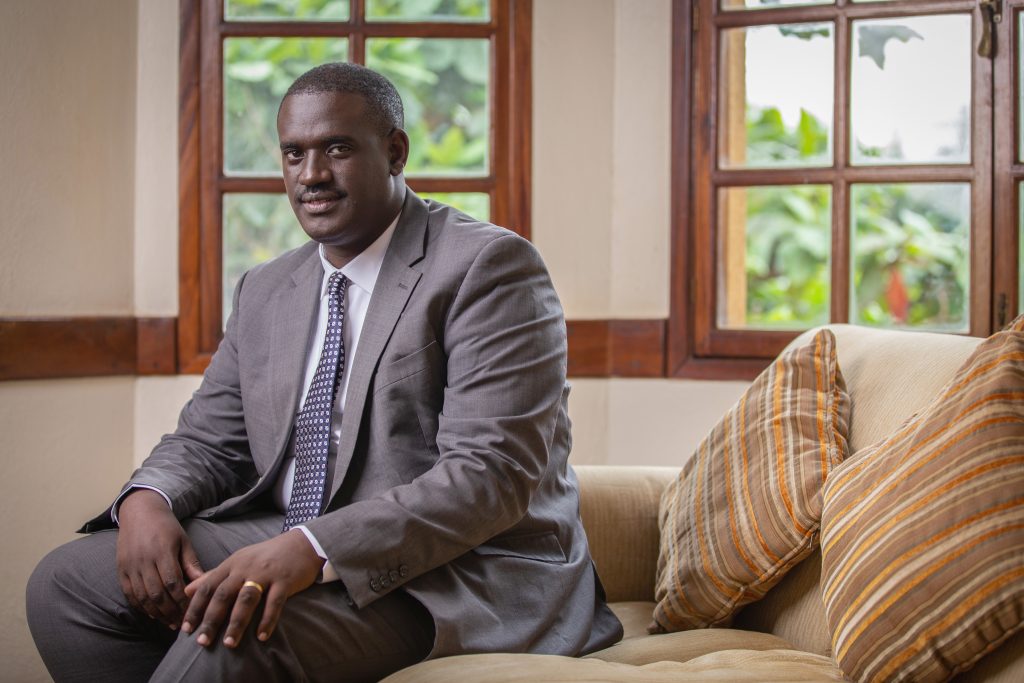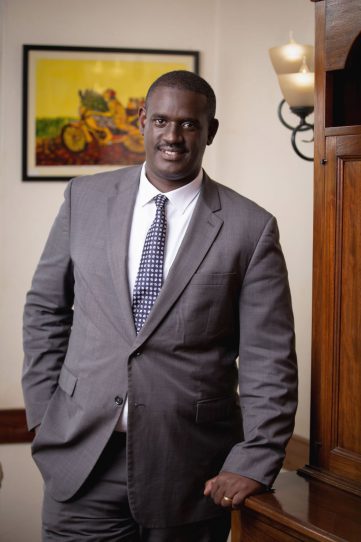This has been an interesting month for those following the story of the East African Crude Oil Pipeline. The Pan African Parliament declared its support for the project in a strongly worded resolution targeting the colonial resolution of the EU Parliament. The motion was moved by Hon Felix Okot Ogong. Prior to that, the ACP (African Caribbean and Pacific States) EU Joint Parliamentary Assembly rejected a motion calling for “no new fossil fuel projects” and instead adopted a compromise position moved by Tanzania and Barbados. Ugandan MPs from both the government and opposition parties were instrumental in defending the country. Kudos especially go to the Rt Hon Thomas Tayebwa, Deputy Speaker of Parliament for leading our team and also to the members of Parliament who stood tall and proud in defense of Uganda.
The activists will obviously continue to make their case in the corridors of Western Power. They will continue to say that EACOP is the “longest pipeline” in the World; they shall say it is a “climate bomb” that will pollute the water of “forty million pipeline” and “tear through villages” leaving “hundreds of thousands” of people “homeless”. These claims have all been thoroughly discredited.
This week I had the opportunity to discuss the project with the amiable Abdulsamad Abdulrahim the visionary and charismatic Chairman of the Association of Tanzania Oil and Gas Services (ATOGS) and the very eloquent and intelligent Tanzanian High Commissioner to Uganda HE Aziz Mlima. I learnt a number of incredible things about the upstream oil industry in Tanzania and the incredible opportunities that exist in this region. Tanzania already has another pipeline. The Tazama Pipeline. The Tazama pipeline is a 1,710km pipeline from Tanzania to Zambia. It is a pipeline with an interesting story. It starts in African revolutionary and liberation movements.
In 1964 Zambia became independent. In 1965 the White settler community in Zimbabwe led by Ian Smith issued the Universal Declaration of Independence where they decided that Zimbabwe would be ruled by the White Settler Community and denied political and economic rights to the black citizens of Zimbabwe. The black political leaders resorted to armed struggle and mobilized support from African countries. One of the biggest supporters of the liberation of Southern Africa in general, and Zimbabwe in particular, was the Kenneth Kaunda led government of Zambia. However, Zambia is landlocked and got 90% of its oil imports from Zimbabwe. Zambia was also home to the Copperbelt and at that time supplied 30% of all Copper on the global market. The Copper belts needed oil to run effectively. After Ian Smith took power in Zimbabwe, there were sanctions imposed on that government which in turn blocked all the oil going to Zambia, choking Zambia and the global copper market. At the same time, the USA urgently needed copper supplies to help support the war effort in Vietnam and so they began airlifting fuel into Zambia’s copper mines. President Kaunda and President Nyerere then resolved to build a pipeline from the port of Dar Es Salaam to Ndola in Zambia. This pipeline would carry crude oil. It was named the Tazama Pipeline. (Tanzania Zambia “Mafuta” (Oil).) It is a 1,710 km oil pipeline. It has seven pump stations that rely on crude oil to power the stations. It passes through the Mikumi National Park in Tanzania, a park that is home to Cheetahs, elephants, buffalos and rhinos. The pipeline does pass near some rivers. There have been some oil spills during its time owing to the old nature of the technology but they have not signified the end of Tanzania or Zambia.
The EACOP pipeline will be shorter and built with the latest technology. The six pump stations will either be powered by hydro or solar power, and will have the latest technology in terms of fiber optic cables to monitor the pipeline, safety valves to mention a few. More importantly, 90% of the pipeline goes through Tanzania, a country that already manages Africa’s longest and oldest pipeline.
Those opposed to this project need to stop with their doomsday claims and made up facts. EACOP will not even be the longest pipeline in East Africa.



